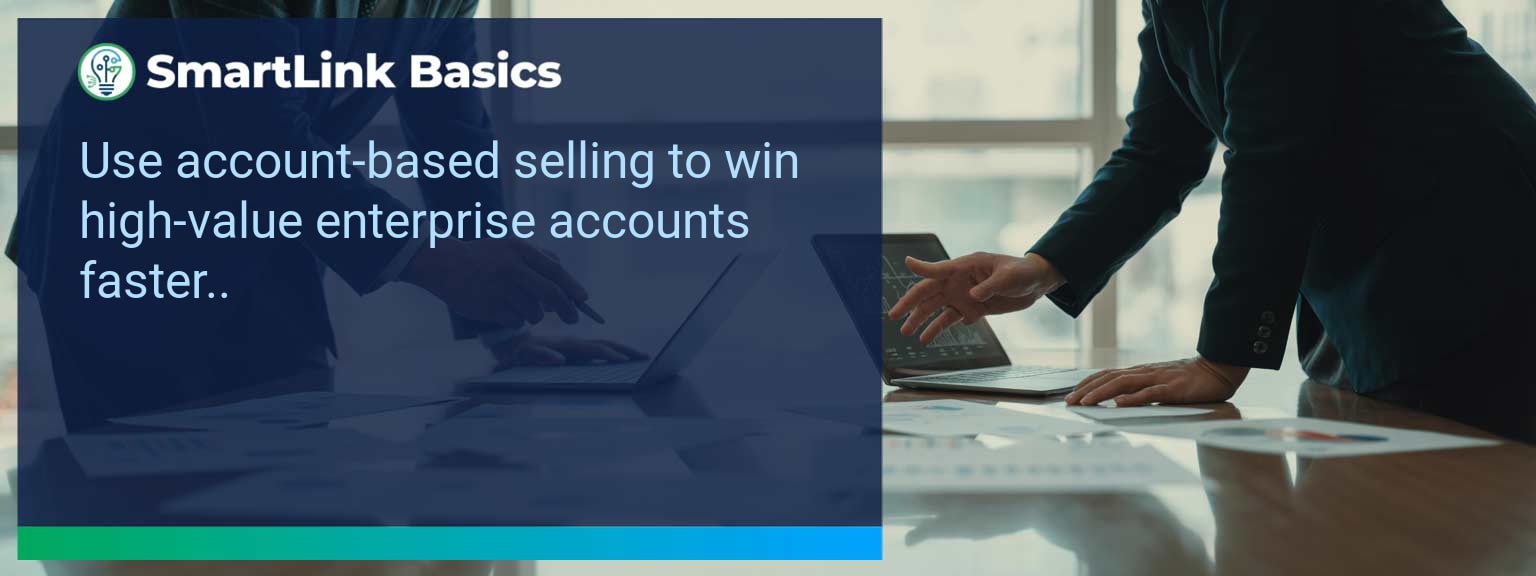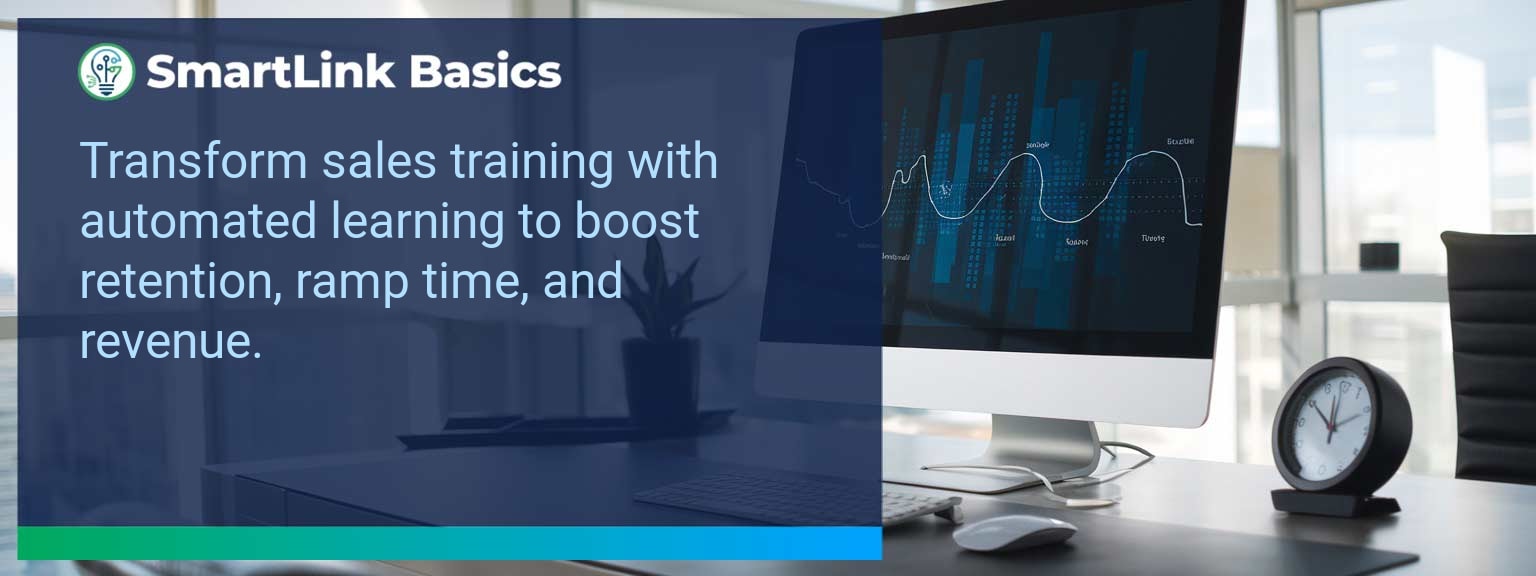High-performing sales teams face a paradox: access to more digital tools than ever, yet increasing difficulty maintaining focus. According to PwC’s 2023 Future of Work report, 51% of companies are investing in immersive environments to improve efficiency and engagement. At SmartLink Basics, we view virtual reality productivity as a strategic lever, not a novelty—especially in AI-augmented sales organizations where distraction is costly. This article outlines how immersive technology is restructuring workspaces, enabling deeper concentration, and fostering collaboration without the noise of traditional environments. You’ll learn the core drivers of adoption, implementation frameworks, and measurable outcomes that experienced decision-makers can operationalize immediately.
- Immersive VR workspaces eliminate environmental distractions and improve focus.
- Sales teams using VR report stronger engagement in remote collaboration.
- Data-driven custom environments align with precise workflow needs.
- Integration with AI tools optimizes customer interactions in real time.
- Clear productivity metrics ensure ROI validation.
Overcoming Modern Workplace Distractions With Virtual Reality Productivity
Noise, notifications, and non-essential interactions dilute sales productivity. Traditional digital workspaces often fail to shield reps from the cognitive load of constant context switching. Virtual reality productivity environments create a sealed cognitive zone where visual, auditory, and workflow stimuli align with high-value priorities. Teams can operate in focused simulation rooms designed for quota progression rather than generic office chatter. This approach also supports immersive experiences in onboarding, reducing ramp-up time by presenting only relevant customer scenarios. Organizations implementing VR often align it with behavioral economics principles—designing digital workspaces that subtly guide reps toward high-ROI tasks. For example, a B2B SaaS company implemented a VR-based proposal review room, cutting approval cycle time from five days to two. Redirecting attention to the right activity, at the right moment, increases close rates and protects selling time.Leveraging Immersive Technology For Focus
Immersive technology at work uses environmental control to maximize mental bandwidth. A VR workspace can remove unnecessary visual clutter, display KPI dashboards in a persistent heads-up format, and recreate customer meeting rooms for rehearsals. This reduces the lag between practice and execution. One enterprise sales team simulated competitive pitch environments using VR headsets linked to their CRM. The result: 22% improvement in win rates on high-value accounts. Integrating AI to analyze body language in VR mock deals added another layer of performance data for coaching. Adopting immersive technology requires balancing novelty with functional design. Leaders should encourage targeted use cases aligned to measurable revenue impact rather than broad, unfocused adoption.Increased Efficiency And Collaboration
The benefits extend beyond individual productivity. VR workspaces strengthen remote collaboration by creating a sense of shared presence absent in standard video conferencing. Teams can co-develop proposals, manipulate data visualizations in three dimensions, and interact in shared augmented reality layers. For example, marketing and sales alignment meetings in VR allow participants to stand “inside” a live campaign dashboard, making adjustments collaboratively. These environments foster collective ownership of outcomes while reducing traditional communication delays. In revenue teams, collaboration speed directly influences pipeline velocity. By cutting decision-making loops in half, VR workspaces can accelerate forecasting accuracy and shorten sales cycles.The Evolving Role Of Virtual Workspaces
As AI and immersive tools converge, virtual workspaces will transition from optional enhancements to core infrastructure for competitive teams. Integration with augmented reality will allow hybrid models—blending VR focus zones with real-world touchpoints. Remote collaboration will mature beyond flat screens into fully interactive, spatial engagement. Leaders should expect advancements in biometric feedback, enabling VR systems to adapt the workspace dynamically to user stress levels, fatigue, or concentration dips. By 2027, Gartner predicts that 25% of remote workers will spend a significant portion of their workweek inside VR-enabled environments. Companies that start now will establish norms, workflows, and data baselines ahead of widespread adoption, creating a measurable competitive edge.| Category | Metric | Definition | Target |
|---|---|---|---|
| Leading | Engagement Time in VR | Average minutes per rep spent in immersive workflows | ≥ 120 mins/week |
| Lagging | Revenue per VR-enabled Deal | Average deal value compared to non-VR deals | +15% increase |
| Quality | Focus Session Completion Rate | Percentage of planned VR focus blocks completed without interruption | ≥ 90% |
Get the 90-day plan, coaching rubric, and dashboard template to operationalize AI in your enablement program.









